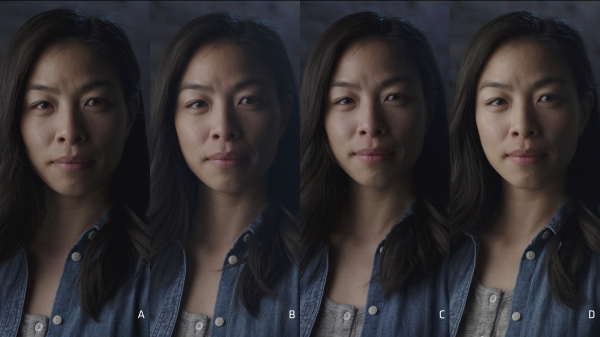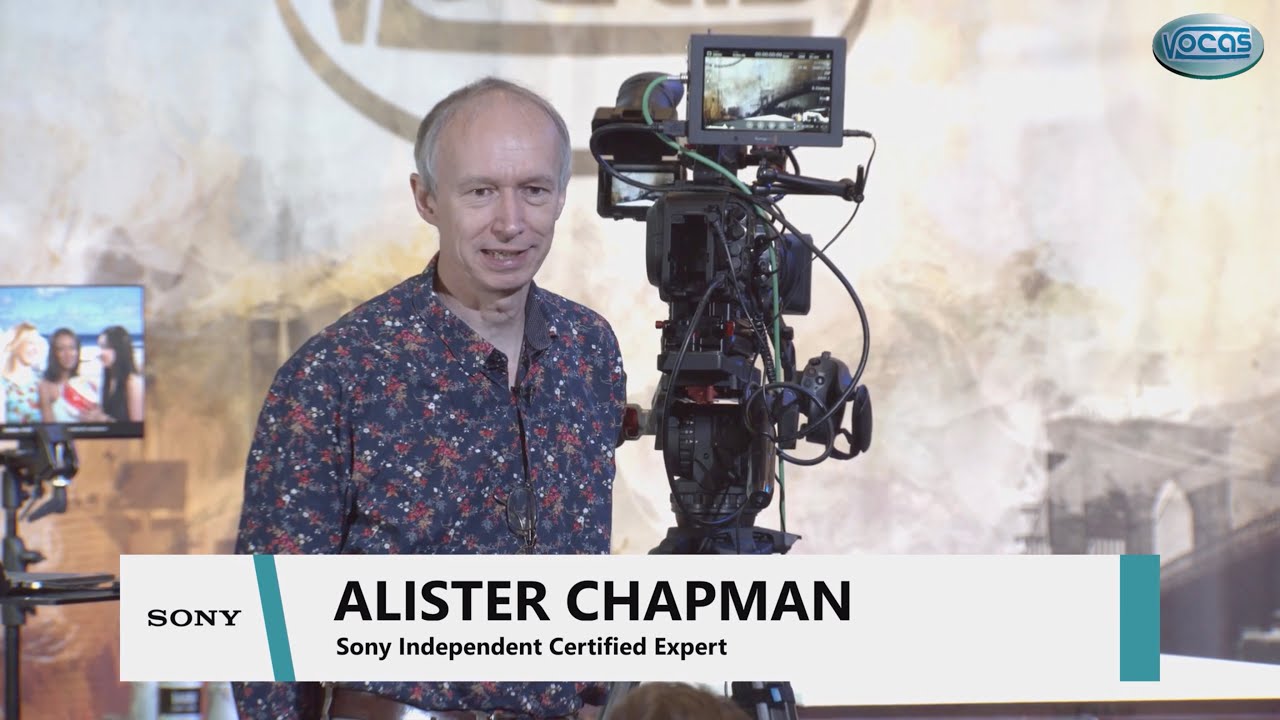[09:18 Mon,2.December 2019 by Rob] |
Cinematographer, author and ARRI Cinema Lens Specialist Art Adams explains in this video the special look and design philosophy of the current ARRI Signature Primes by means of four central characteristics: Topics are skin tone reproduction in terms of detail reproduction / sharpness, bokeh, distortion and flare characteristics. We find the statement of Art Adams regarding the positioning of the ARRI Signature Primes in comparison to the competition interesting. While other lens manufacturers in the past were looking for inspiration for the present, ARRI is looking to the future. Art Adams is likely to focus on the continued popularity of vintage lenses and looks. ARRI, on the other hand, wants to offer future security for 8K and HDR productions with the Signature Primes. In this context, we also find the comparison between digital and cinematic looks in the reproduction of skin tones and details exciting. A high contrast in the reproduction of skin surface details (also called micro-contrast) gives Art Adams a more digital look, which we can understand.  Art Adams - Four lenses: a visual comparison, part 2 If you want to delve even deeper into the matter, you will find The Zeiss Supreme and the Leitz Thalia show the highest micro-contrast and the "coolest" look in detail reproduction, while the Cooke S7 and the ARRI Signature Prime are neutral to warmer (yellowish) and feature the lowest micro-contrast. However, you shouldn&t equate micro-contrast with resolution 1:1. And even if you&re not on the road with high-end cine lenses every day, the question often arises: Rather take a lens with high detail rendition/sharpness impression and then either in the post-production or via filter attachment on site take out some sharpness if necessary or turn right from the start with somewhat softer-looking lenses? deutsche Version dieser Seite: Tutorial-Clip: ARRI Signature Primes von Art Adams erklärt: Hauttöne, Film vs digitaler Look, Bokeh, Flares ... |





